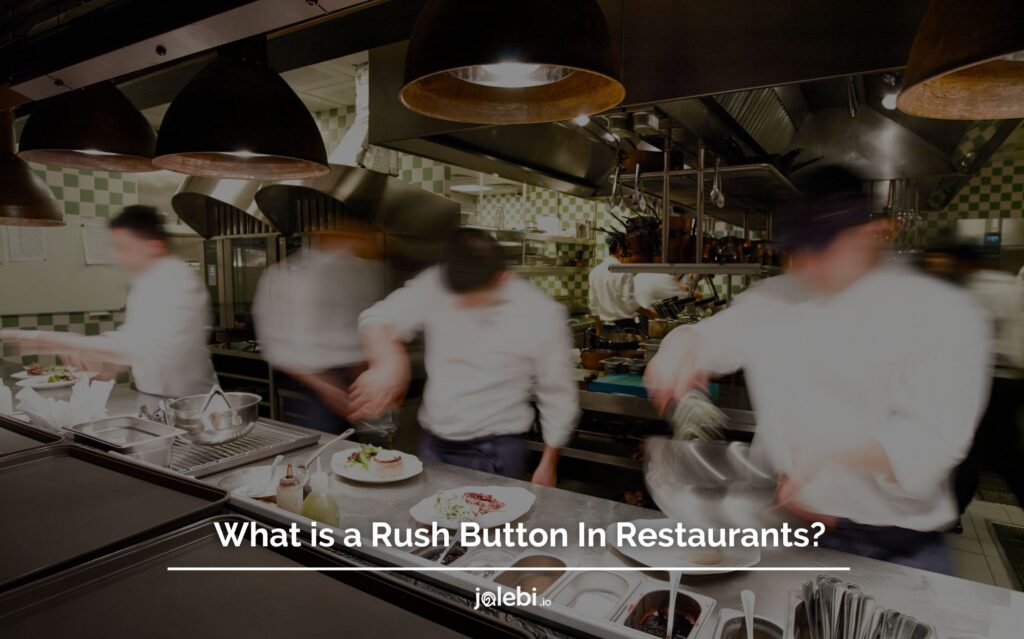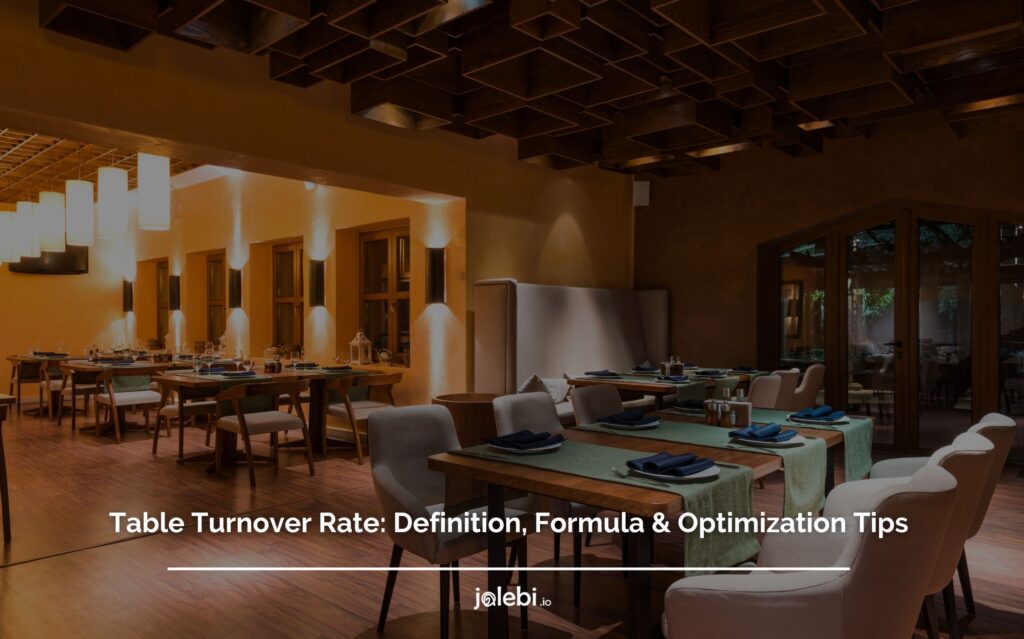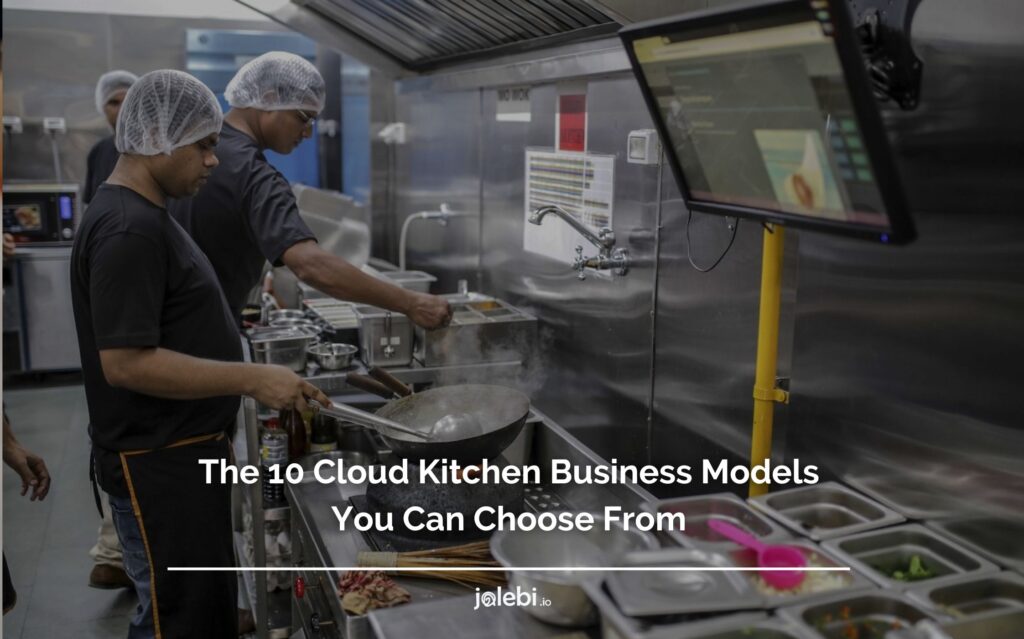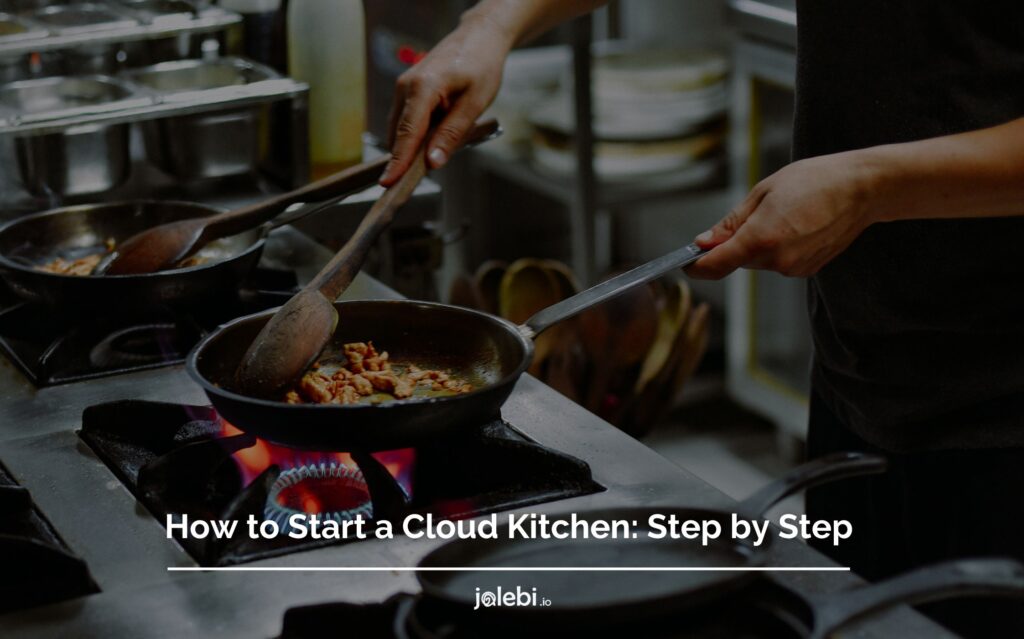Table of Contents
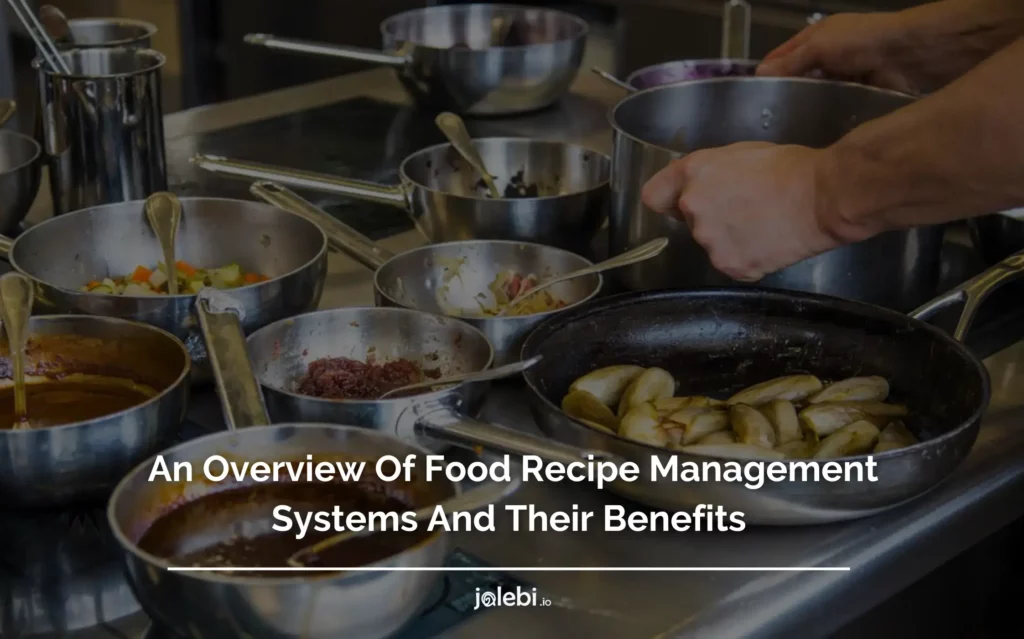
In the fast-paced restaurant industry, staying ahead of menu trends is crucial.
According to recent data, 31% of restaurateurs update their menu monthly, while 24% do it seasonally.
Are your kitchens buried in recipe-related pandemonium? Lost instructions, disorganized files, and inconsistent execution plaguing your culinary creativity?
Worry no more! Food recipe management systems (FRMS) rise like phoenixes from the ashes to streamline your culinary chaos and transform your kitchen into a symphony of efficiency.
Imagine:
– 76% of restaurant operators already credit technology with boosting sales. Could your business become part of that success story?
– Ditch the paper piles and embrace a centralized recipe hub. Access, edit, and share recipes with ease, ensuring consistency across your brigade.
– Unleash culinary innovation. Create menus and specials faster, experiment with confidence, and delight your customers with fresh flavors.
– Slash prep time and labor costs. Optimize ingredient usage, automate inventory management, and say goodbye to wasted resources.
– Serve up safety and satisfaction. Ensure flawless recipe execution, eliminate allergen mix-ups, and build customer trust with every plate.
FRMS are your secret weapon for:
– Cost reduction: Precise portioning, waste minimization, and optimized inventory control.
– Increased productivity: Faster recipe creation, efficient workflows, and improved staff communication.
– Boosted profitability: Streamlined operations, happier customers, and the potential for increased sales.
– Enhanced brand reputation: Consistent quality, allergen awareness, and transparency build trust and loyalty.
This blog post is your roadmap to culinary nirvana. We’ll delve into the world of FRMS, exploring their features, benefits, and impact on your business. Whether you’re a seasoned restaurateur or a budding chef, discover how these systems can transform your kitchen into a well-oiled machine of deliciousness.
What Is A Recipe Management System?
A recipe management system is a software platform designed to streamline the process of creating, organizing, and sharing recipes.
It provides a centralized hub for chefs and kitchen managers to manage all their recipes, including the ability to create and edit recipes, search and filter through them, and share them with team members.
These systems also offer features such as ingredient inventory tracking, menu planning, and cost analysis, which can help improve the efficiency of kitchen operations.
Benefits Of A Recipe Management System
If you’re running a restaurant, you know how crucial it is to have consistent and high-quality recipes.
In this section, we’ll take a closer look at the benefits of recipe management software and how it can help take your restaurant to the next level.
1- Consistent Recipes
One of the primary benefits of recipe management software is that it helps ensure that all recipes are consistently prepared.
With standardized recipes, chefs can avoid discrepancies in flavor and quality across different dishes, leading to a better dining experience for customers.
2- Inventory Management
Such software provides real-time inventory tracking, enabling chefs to plan their menus according to what they have in stock.
With this information, chefs can avoid unnecessary expenses and waste, reducing food costs and enhancing profitability.
3- Time Management
With this software, chefs can quickly and efficiently create new dishes and menus.
The software simplifies the recipe creation process, enabling chefs to focus on the quality of the food rather than spending time on manual management of recipes.
4- Cost Savings
The software provides detailed cost analysis, calculating food costs for each recipe.
With this information, chefs can identify areas where cost savings can be made, leading to significant savings for the restaurant.
5- Recipe Scaling
The software allows chefs to scale their recipes based on the number of servings required, reducing food waste and saving time.
Chefs can adjust recipes to accommodate different party sizes, leading to better cost control and more efficient kitchen operations.
6- Data Analytics
Such software provides detailed analytics on recipe performance, enabling chefs to make data-driven decisions and optimize their menus for maximum profitability.
With this information, chefs can determine which dishes are most popular, adjust ingredient quantities, and optimize pricing for the best return on investment.
Factors to consider when choosing the best system for your restaurant
Choosing a food recipe management system involves considering various factors to ensure it meets your specific needs and preferences. Here are some key factors to consider:
1- User Interface and Ease of Use
- The system should have an intuitive and user-friendly interface to make recipe input, editing, and retrieval easy.
- Check if it supports drag-and-drop functionality and provides a straightforward navigation structure.
2- Recipe Organization and Categorization:
- Look for a system that allows you to organize recipes into categories or tags for easy retrieval.
- Consider if the system provides features like filters or search functionality for efficient recipe management.
3- Recipe Input and Editing:
- Assess the ease of adding new recipes and editing existing ones. It should support various input formats, including text, images, and possibly video.
- Check if it allows you to import recipes from other sources or websites.
4- Nutritional Information:
- If nutritional information is important to you, choose a system that can calculate and display nutritional data for each recipe.
- Some systems may integrate with external databases for accurate nutritional information.
5- Meal Planning and Shopping List:
- Look for a system that supports meal planning features, allowing you to schedule meals for specific days or weeks.
- Consider if it can generate a shopping list based on the ingredients from selected recipes.
6- Cross-Platform Accessibility:
- Choose a food recipe management system that is accessible across multiple devices and platforms (web, mobile, desktop) to ensure flexibility and convenience.
7- Backup and Sync:
- Check if the system offers regular backups and synchronization across devices to prevent data loss and ensure consistency.
8- Integration with Other Apps:
- Assess whether the system can integrate with other applications or platforms you use, such as meal delivery services or grocery apps.
A Review Of The Top Management Software For Restaurant Recipes
Managing recipes in a busy restaurant can be a daunting task. However, with the right tools, you can streamline your kitchen operations in no time.
But with so many options out there, how do you choose the right one? In this section, we will review the top software for managing restaurant recipes.
From inventory management to menu planning and data analytics, we’ll take a closer look at the features and benefits of each software to help you make an informed decision.
So, let’s get started!
1- jalebi
Are you tired of the hassle of manually managing your restaurant’s recipes? Do you want to optimize your kitchen operations and improve the consistency of your dishes?
Look no further than jalebi, the restaurant operating system with recipe management features.
jalebi streamlines the recipe control process, making it easier than ever for chefs and restaurant owners to create, store, and update their recipes.
Our ROS has got you covered with its food management feature that focuses on batch production and semi-finished goods.
We allow chefs and restaurant owners to create recipes in bulk, optimizing their production process and reducing waste.
Features
- Inventory Management
With jalebi’s restaurant recipe software, restaurants can integrate their menus with inventory to keep track of their inventory in real-time based on customer consumption.
jalebi facilitates restaurants with order management. With Jalebi, restaurants can take orders online and manage them efficiently.
- Marketplace Integrations
jalebi’s restaurant recipe software enables marketplace integrations for restaurants, making it easy for them to connect with third-party services and extend their reach to new customers.
- POS
We offer a POS for restaurants that is extremely user-friendly and efficient.
Say goodbye to the hassle of manual management of recipes and hello to the convenience and efficiency of jalebi!
Contact us today to see how our restaurant operating system can help you with managing your recipes efficiently.
2- Jolt
Jolt is a comprehensive food management software that offers culinary management as one of its key features.
Features
- With Jolt, you can create and store recipes
- Track inventory in real-time, and analyze your food costs.
- Jolt’s food management feature also allows for the customization of portion sizes, batch production, and ingredient substitutions.
What’s best? It provides users with detailed reporting and analytics, allowing for better decision-making when it comes to menu planning and cost optimization.
So if you’re looking for a software solution to manage your restaurant’s recipes, don’t forget to check out Jolt!
3- CrunchTime
CrunchTime is not only a top food management software for restaurants but a comprehensive solution for restaurant management.
With its robust food management feature, CrunchTime allows chefs to create, modify, and store recipes in a centralized location.
Features
- The software offers real-time inventory tracking.
- Additionally, CrunchTime provides forecasting capabilities that allow for better budgeting and menu planning.
- With the ability to track inventory usage, waste, and cost variances, chefs can make better-informed decisions about purchasing and menu planning.
With the ability to calculate costs and nutritional information, CrunchTime’s food management feature ensures that chefs can make informed decisions about menu planning and ingredient usage.
4- MarketMan
MarketMan is a powerful and versatile cloud-based restaurant management software that offers a robust food management feature.
With MarketMan, chefs have the ability to create and store recipes in a central location, allowing for easy access and modification.
The software’s food management feature also allows for real-time inventory tracking, making it easy to keep track of ingredient usage and costs.
Features
- Purchasing and order management
- The ability to customize portion sizes and batch production
- Additionally, batch production capabilities allow chefs to streamline their kitchen operations, allowing for more efficient meal preparation and faster service times.
Overall, MarketMan’s restaurant operating software is a powerful and versatile solution for chefs and restaurant owners looking to streamline their kitchen operations.
5- Cheftac
ChefTec is one of the best recipe organizer software trusted by chefs and restaurant owners worldwide.
The software provides a range of tools for creating, storing, and modifying recipes, making it easy for chefs to manage their culinary creations in one central location.
Features
- One of the standout features of ChefTec is its inventory tracking system, which allows chefs to easily monitor ingredient usage and costs in real-time.
- ChefTec also offers robust menu planning and purchasing features, allowing chefs to easily plan their menus and order ingredients from their preferred vendors.
- Another key advantage of ChefTec is its ability to integrate with a range of other restaurant management systems, such as POS systems and accounting software.
Thus, it is a comprehensive and powerful food management software that provides chefs with the tools they need to manage their kitchen operations more efficiently.
Final Thoughts
Food management systems are essential tools for restaurants looking to optimize their operations and improve their profitability.
From food management software to inventory tracking systems, these solutions offer a range of features that can help chefs and restaurant owners streamline their operations and make data-driven decisions about their businesses.
Overall, investing in a food management system is a smart move for any restaurant looking to stay competitive in today’s fast-paced culinary industry.
So, take the time to research the options available and find the best recipe organizer software for your unique needs and goals.
With the right food management system in place, you can take your restaurant to the next level and achieve greater success than ever before.
Frequently Asked Questions
- What is SAP recipe control?
SAP recipe control is a feature within the SAP software suite that enables the management of complex product recipes in manufacturing operations.
It provides a set of tools for creating, maintaining, and optimizing recipes, including formula and recipe management, batch management, and quality management.
- What is recipe management in PLM?
Recipe management in PLM (Product Lifecycle Management) refers to the process of managing product recipes or formulations throughout the product development and manufacturing lifecycle.
It involves creating and maintaining accurate and up-to-date recipes for products, tracking changes and variations in recipes, and ensuring that recipes comply with regulations and standards.
- How do I organize my recipes electronically?
Organizing your recipes electronically is a convenient way to keep them all in one place and easily accessible.
First, choose a platform that suits your needs, such as recipe management software, cooking apps, or cloud-based storage services.
Next, create categories and subcategories for your recipes, making it easier to find the right recipe when you need it. Input all the necessary information for each recipe, including ingredients, measurements, and cooking instructions.
You can also add notes or comments to the recipe if you want to remember any modifications you made or any tips for next time. Finally, use tags to further organize your recipes and make them even easier to find.




